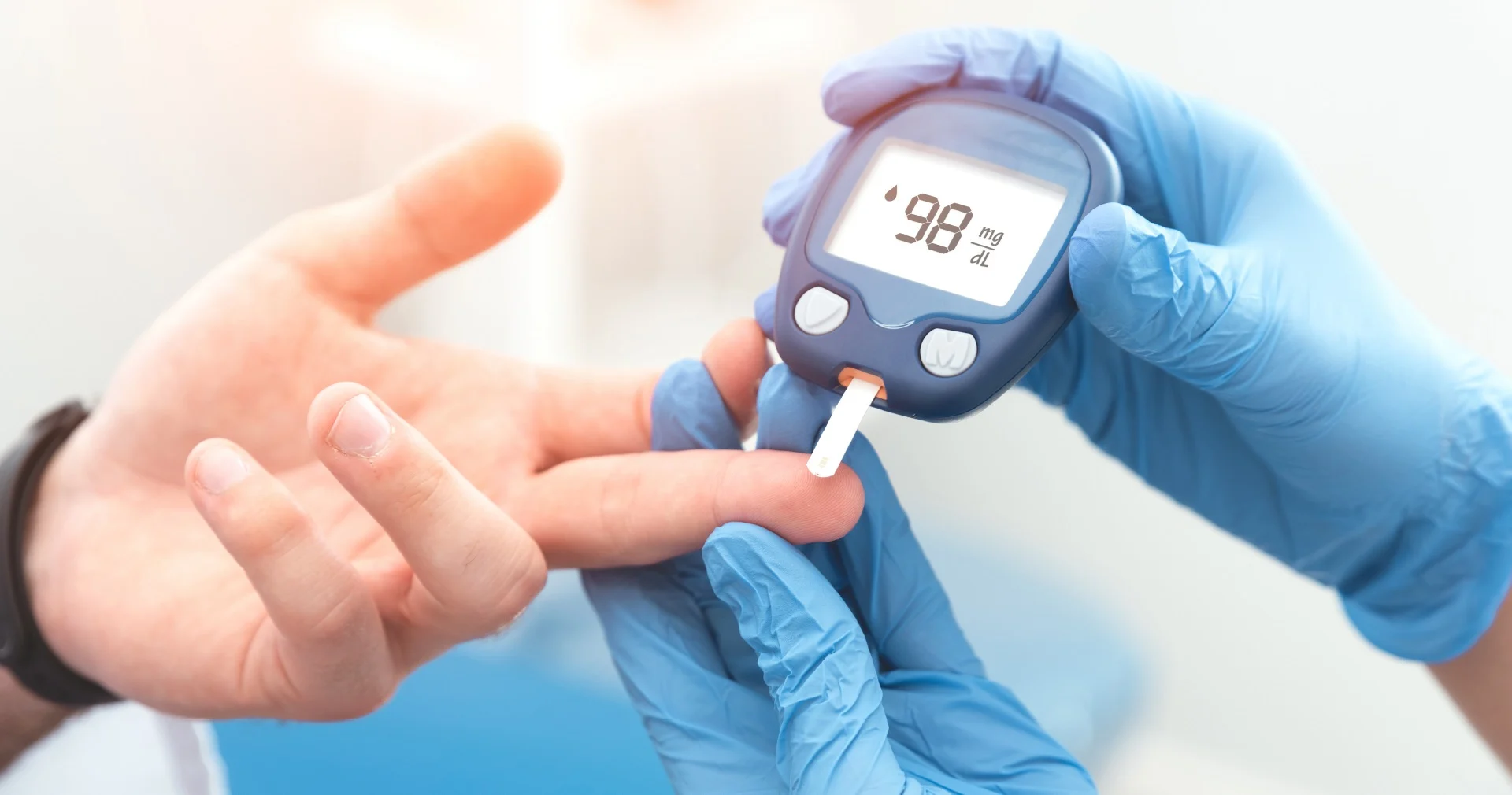By: Dr. Salil Jain
On World Hypertension Day, it’s crucial to shed light on a lesser-known type of high blood pressure that originates from kidney disease – renal hypertension.
Renal hypertension occurs when there is elevated blood pressure due to kidney disease, specifically caused by narrowing in the arteries that supply blood to the kidneys. This narrowing, known as renal artery stenosis, can affect one or both kidneys, disrupting blood flow and triggering a cascade of physiological responses that lead to increased blood pressure.
The primary cause of renal artery stenosis is often atherosclerosis, a condition characterized by the hardening and narrowing of arteries due to plaque buildup. Less commonly, renal artery stenosis may result from fibromuscular dysplasia, a condition where the structure of the renal arteries develops abnormally. Individuals with risk factors such as smoking, high cholesterol, diabetes, and a family history of kidney disease are more prone to developing renal hypertension.
One of the challenging aspects of renal hypertension is that it often presents without noticeable symptoms. However, in cases of severely elevated blood pressure, individuals may experience symptoms such as headaches, confusion, vision changes, bloody urine, nosebleeds, or chest pain. Unfortunately, these symptoms may not always be attributed to high blood pressure, leading to delayed diagnosis and treatment.
Fortunately, there are several effective treatment options available for managing renal hypertension:
- Medications: Blood pressure-lowering medications are the cornerstone of treatment for renal hypertension. Multiple medications may be necessary to achieve adequate blood pressure control.
- Angioplasty and Stenting: In some cases, minimally invasive procedures such as angioplasty and stenting may be performed to widen the narrowed renal arteries and improve blood flow. Angioplasty involves inflating a balloon in the artery to widen it, while stenting involves placing a wire-mesh stent to keep the artery open.
- Surgery: Surgical intervention, such as bypass surgery, may be considered in rare cases where angioplasty and stenting are not feasible or effective.
The writer is Senior director & HOD Nephrology &Renal transplant, Fortis Hospital, Gurgaon




